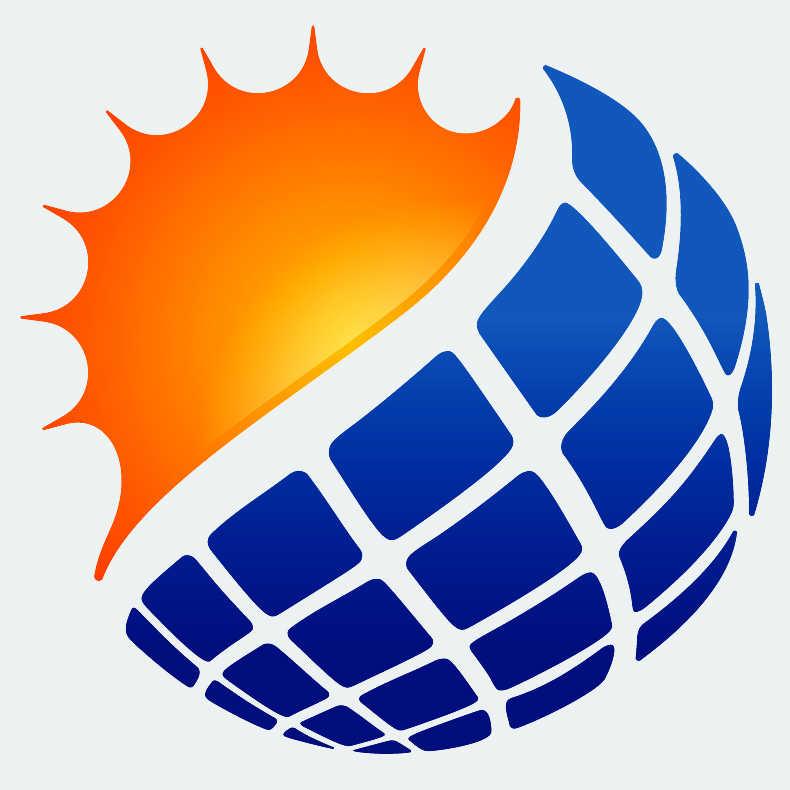Mt. Teide Observatory
Historic origins
The study of astronomy has always been closely associated iwith Mt. Teide. Its advantages as an observation post were well known by naturalists and astronomers centuries ago. Piazzi Smyth set up an observation post at 3,300 metres in the mid 19th century, taking advantage of the unbeatable potential of the skies of Las Cañadas. Lunar features were named Teide and Tenerife as a tribute to his work.
This astronomic tradition was continued in the early 20th century, with studies made of Halley´s Comet by French astronomer Jean Mascart in 1910 in Alto de Guajara, at an altitude of 2,718 metres. The importance of Las Cañadas as an outstanding platform for astronomic studies is reflected by the fact that the Mt. Teide Astrophysics Observatory was built at Izaña, where there has also been a weather station since 1916. The Mt. Teide Observatory – together with the Roque de los Muchachos Observatory, on the island of La Palma – belong to the CANARY ISLAND ASTROPHYSICS INSTITUTE (IAC, from its initials in Spanish), which has its head offices in La Laguna.
Modern Astrophysics took its first steps in the Canary Islands in this Observatory, in the early sixties, in the area of Izaña, at an altitude of 2,400 m, where the municipal boundaries of La Orotava, Fasnia and Güimar converge. The first telescope started to operate in 1964, to study zodiacal light, the light scattered by inter-planetary matter.
Area: 50 hectares
Altitude: 2.400 metres
Longitude: 16º30´5″West
Latitude: 28º18´00″ North
Telescope Facilities
There are currently telescopes and other astronomic instruments from over 60 institutions of 19 different countries installed in the Mt. Teide Observatory (Island of Tenerife) and the Roque de Los Muchachos Observatory (Island of La Palma). These observation facilities, plus the scientific and technical facilities available in the IAC´s Astrophysics Institute in La Laguna (Tenerife) and in the IAC´s La Palm Common Astrophysics Centre in Breña Baja (La Palma), make up the European Northern Observatory (ENO).
Their geographic location, between the solar observatories of the east and the west, together with the transparency and excellent astronomic quality of the skies, have meant that the Mt. Teide Observatory gives priority to studying the Sun, concentrating the best European solar telescopes at these sites.
Solar Vacuum Tower Telescope (VTT), 70 cm.
THEMIS solar telescope, 90 cm.
GREGOR solar telescope, 1.5 m.
Solar Laboratory:
Spectrophotometers (MARK-I, IRIS-T, ECHO)
High resolution photometer TON
Fourier tachometer GONG
NOCTURNAL TELESCOPES
„Carlos Sanchez” infra-red telescope (TCS), 155 cm.
Mons reflector telescope, 50 cm.
IAC-80 telescope, 80 cm.
OGS telescope, 100 cm. (Optical Ground Station)
STARE telescope, 10 cm.
Bradford robot telescope
STELLA robot telescopes
COSMIC MICROWAVE BACKGROUND
33GHz interferometer
COSMO10 and 15
VSA (Very Small Array) interferometer network
Vacuum Tower Solar Telescope VTT
The Vacuum Tower Telescope belongs to the Kiepenheuer Institute of Solar Physics of Frieburg (Germany). It has a primary mirror with a diameter of 70 cm and a 15 metre long vertical spectrograph. It was installed in the Mt. Teide Observatory in the late eighties. This telescope enables astronomers to study the dynamics, structure and chemical composition of the solar atmosphere, and offers them the possibility of studying solar granulation trends. For this kind of observations, which require a high degree of spatial resolution, the telescope has a „Solar Correlator”,an instrument that is unique in its class that was developed by the Canary Island Institute of Astrophysics.
Website: KIS
Themis Solar Telescope
French astronomers have been interested in the Canary Island skies ever since Jean Mascart, of the Paris Observatory, visited the Canary Islands in 1910, to watch the passage of Halley0s Comet. In fact, the first telescope to be installed in the Mt. Teide Observatory belonged to the Observatory of Bordeaux.
The THEMIS (Heliographic Telescope for Studying Magnetism and Solar Instabilities) was designed by a team of French astronomers from the Observatory of Meudon-Paris. The THEMIS is now a Franco-Italian co-operation project.
With a diameter of 90 cm, THEMIS is the largest solar telescope of the Mt. Teide Observatory, and it is designed to measure the intensity and the direction of the solar magnetic field. One of the features of THEMIS is its ability to operate in several different bands at the same time, a characteristic that is essential for studies of this kind. Moreover, the THEMIS instrumentation provides experimental data on the structure of the solar atmosphere in 3 dimensions.
Visits to the Mt. Teide Observatory
The educational work conducted by the Canary Island Institute of Astrophysics, to disseminate astronomic know-how to society, includes organised visits to the Observatory for schools and other groups. The Mt. Teide Observatory now has a Visitors´ Centre, created from an empty dome, which has been equipped for educational work. With a capacity for forty people, it is used to explain to school children what an observatory is, how the telescopes work and the importance of Astronomy for mankind.
Private visits:
IMPORTANT: The Teide Observatory visits are suspended during the months of November to March due to meteorological reasons. They will be offered to the public from April onwards. Soon will be more information on the IAC website available: http://www.iac.es/eno.php?op1=3&op2=421&lang=en
Fax: 34 / 922 329 117
E-mail: teide@iac.es
Web site: www.iac.es
Visits to the Institute of Astrophysics
Visits to the head offices can be arranged with the IAC Management Board
Canary Island Institute of Astrophysics
C/ Vía Lactea, s/n
38200 – La Laguna (Tenerife)
Telephone: 922 605 200 / 207
E-mail: aqg@ll.iac.es
Web site: http://www.iac.es/
